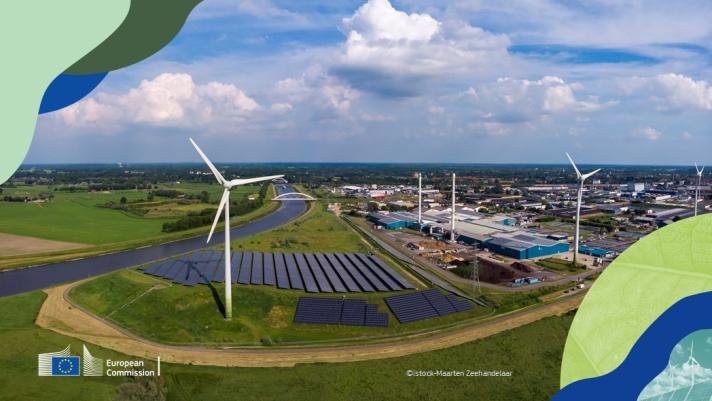The 2022 report, published on 18 October 2022, is the third report since the adoption of the European Green Deal and the first after the adoption of the REPowerEU plan. It highlights the challenges that the energy sector has faced in the past 12 months and the progress made in addressing both shorter-term issues and Europe’s long-term climate goals. In particular, the report takes stock of the EU’s energy policy response to the current energy crisis, exacerbated by Russia’s war in Ukraine.
Main findings of the report
2022 has seen turbulence in energy markets, price volatility and energy insecurity across the world, which has had a huge impact on the EU’s energy system. To reflect the new geopolitical realities and to address the need for affordable energy, the EU and its Member States are reshaping and accelerating their energy and climate strategies. The main findings of the report are listed below
- all EU countries have implemented measures to tackle higher energy prices
- the EU has already surpassed 91% of gas in storage
- the share of Russian pipeline gas in EU imports has dropped from 41% in 2021 to 9% in September 2022
- liquefied Natural Gas (LNG) is now a key source of supply accounting for 32% of EU total net gas imports
- the EU generated a record 12% of its electricity from solar from May to August 2022, and 13% from wind
- early indications suggest that 2022 will be a record year for the European solar photovoltaics (PV) market with annual deployment growth in the largest EU countries markets between 17-26%
- the share of renewables in the electricity mix is expected to grow from 37% in 2021 to 69% in 2030
- with the EU pledging more than EUR 21 billion in the coming years for hydrogen (from Important Projects of Common European Interest mechanism IPCEI and Recovery and Resilience Facility RRF), electrolyser manufacturers in Europe have committed to increase their capacity to manufacture electrolysers tenfold: to 17.5 GW by 2025
- in 2020, the EU surpassed its targets on emissions reduction (32%), energy efficiency (5 to 6% lower than the 20% target) and renewables (22.1%), even if figures rebounded in 2021, they remain below pre-pandemic levels
- after falling by more than 5% in 2020 due to covid restrictions, fossil fuel subsidies in the EU remained fairly stable in 2021, as the increase in transport and industry was compensated by the decreasing in fossil subsidies in the energy sector
Reports and annexes
Together with this report, the Commission published energy snapshots for each EU country that provide a comprehensive overview of its energy situation. The report, and its accompanying reports and annexes, published in November 2022, are listed below. They will feed into the process for EU countries to update their National Energy & Climate Plans (NECPs), due by June 2023.
- State of the energy union report 2022 (COM/2022/547) and energy snapshots per EU country
- Report on the achievement of the 2020 renewable energy targets
- Report on the achievement of the 2020 energy efficiency targets
- Report on energy subsidies in the EU
- 2022 Progress report on competitiveness of clean energy technologies and its underpinning analysis: the 2022 Clean Energy Technology Observatory reports
- Implementing Regulation on structure, format, technical details and process for the integrated national energy and climate progress reports
- Report on the performance of support for electricity from renewable sources granted by means of tendering procedures in the Union
- Autonomous Act: Draft Guidance to Member States for the update of the 2021-2030 national energy and climate plans
- Autonomous Act: Draft Guidance on Cost-Benefit Sharing in Cross-border Renewable Energy Cooperation Projects
- Study on the performance of support for electricity from renewable sources granted by means of tendering procedures in the Union 2022 (November 2022)
- Study on energy subsidies and other government interventions in the European Union (October 2022)

